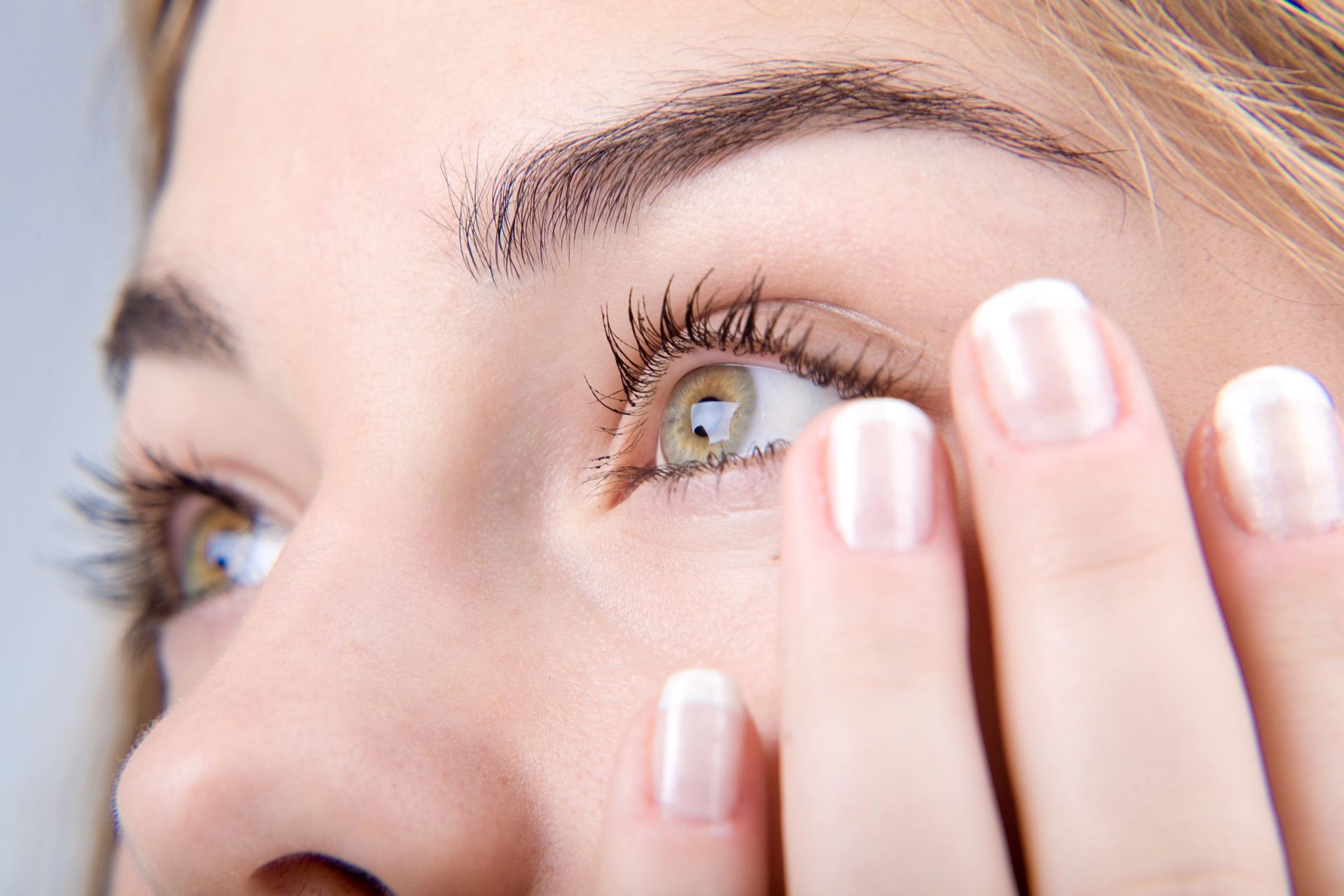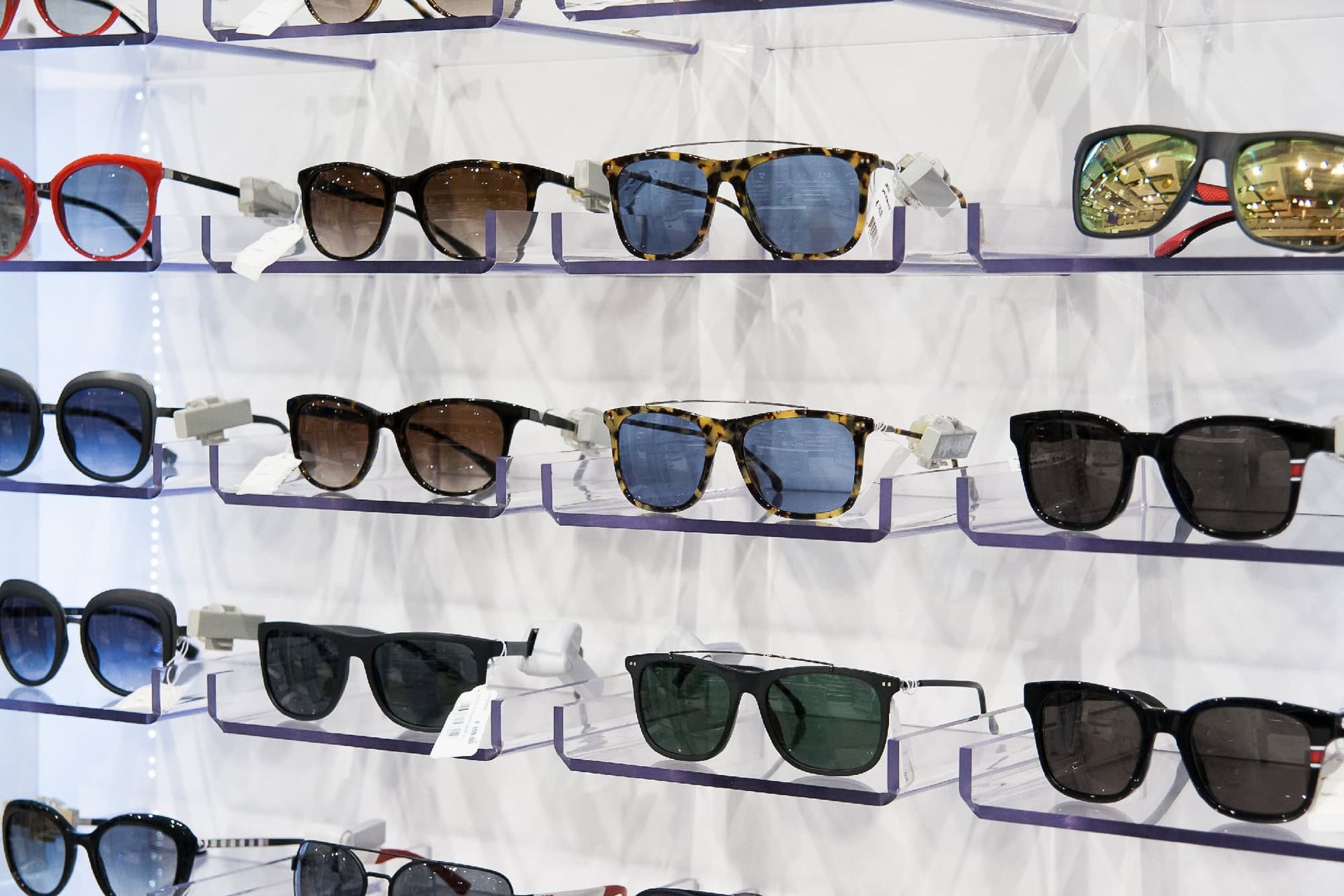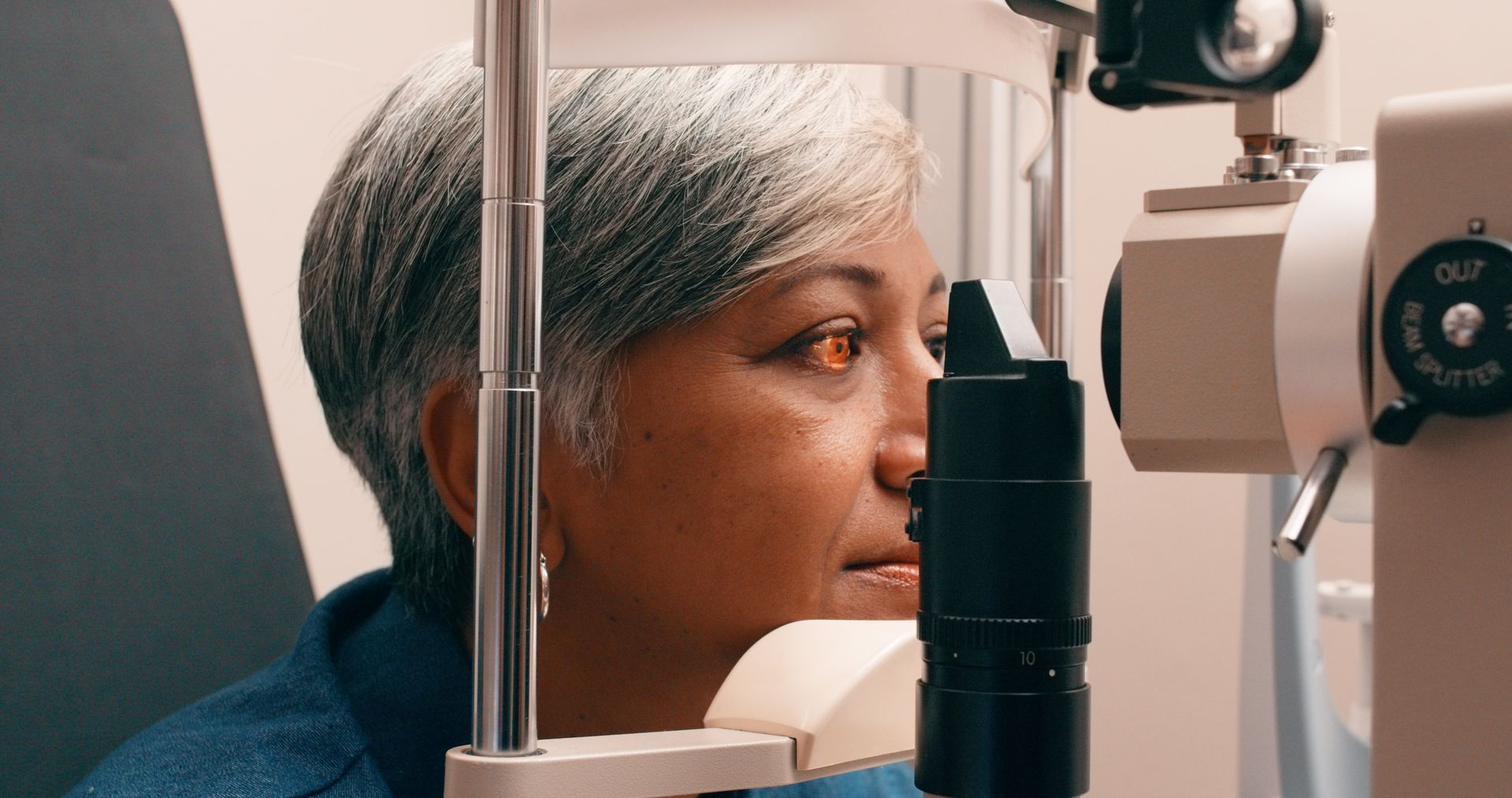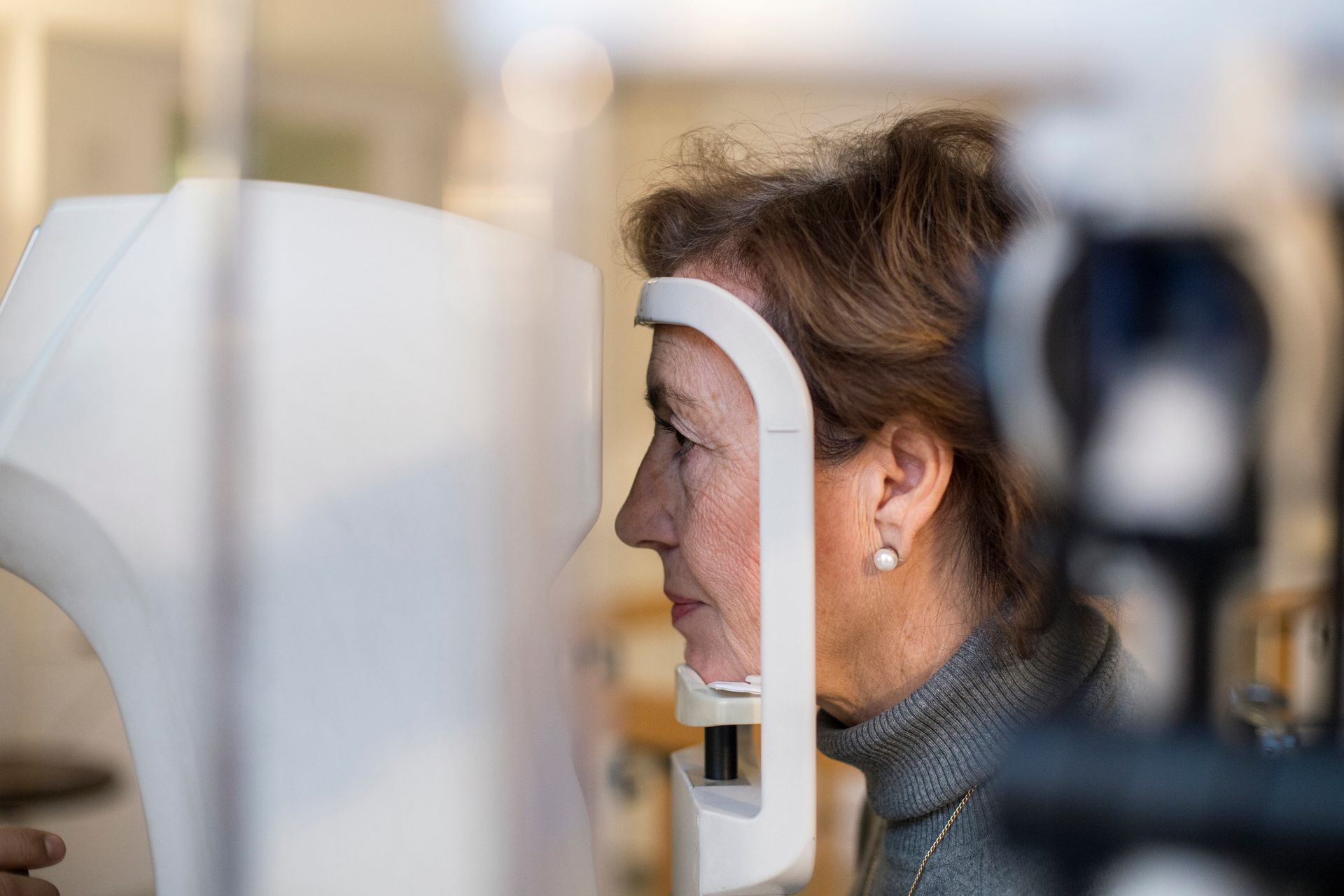Can Reading Glasses Hurt Your Eyes? What You Need to Know
Do you find yourself holding books at arm’s length to read them clearly? Perhaps you’ve been considering reading glasses but worry they might actually harm your vision. It’s a common concern we hear at Pro Optical, and today we’re addressing this important question head-on: can reading glasses hurt your eyes?
The short answer is no—properly prescribed reading glasses won’t damage your eyesight. However, there’s much more to understand about how reading glasses work, when to wear them, and how to choose the right pair for your specific vision needs.

Introduction to Reading Glasses
Reading glasses are designed to provide clear vision and reduce eye strain when reading or viewing up close. They’re a common solution for individuals experiencing age-related farsightedness or presbyopia—a natural condition that typically begins around age 40 when the natural lens in your eye becomes less flexible.
“Many patients worry that wearing reading glasses will make their eyes ‘lazy’ or dependent on the glasses,” says Dr. Johnson at Pro Optical. “This is a misconception. Reading glasses don’t weaken your eyes—they simply help compensate for natural age-related changes in your vision.”
Presbyopia progresses naturally whether you wear glasses or not. What many people mistake for “worsening eyesight due to glasses” is actually just the normal progression of presbyopia that would have occurred regardless.
However, not all reading glasses are created equal. Over-the-counter readers or cheap reading glasses may not provide the correct prescription, leading to eye strain, headaches, and blurry vision. Prescription glasses, on the other hand, offer a tailored solution to correct refractive errors and provide clear vision customized to your specific needs.
The Science Behind Reading Glasses
Reading glasses work by adding magnification that helps your eyes focus on nearby objects. As we age, the crystalline lens inside our eye becomes less flexible, making it harder to focus on close-range tasks. Reading glasses compensate for this reduced flexibility, allowing you to see clearly at your preferred reading distance.
When you wear reading glasses with the proper prescription, you’re actually helping your eyes work more efficiently, not damaging them. In fact, refusing to wear needed reading glasses can lead to unnecessary eye strain and discomfort.
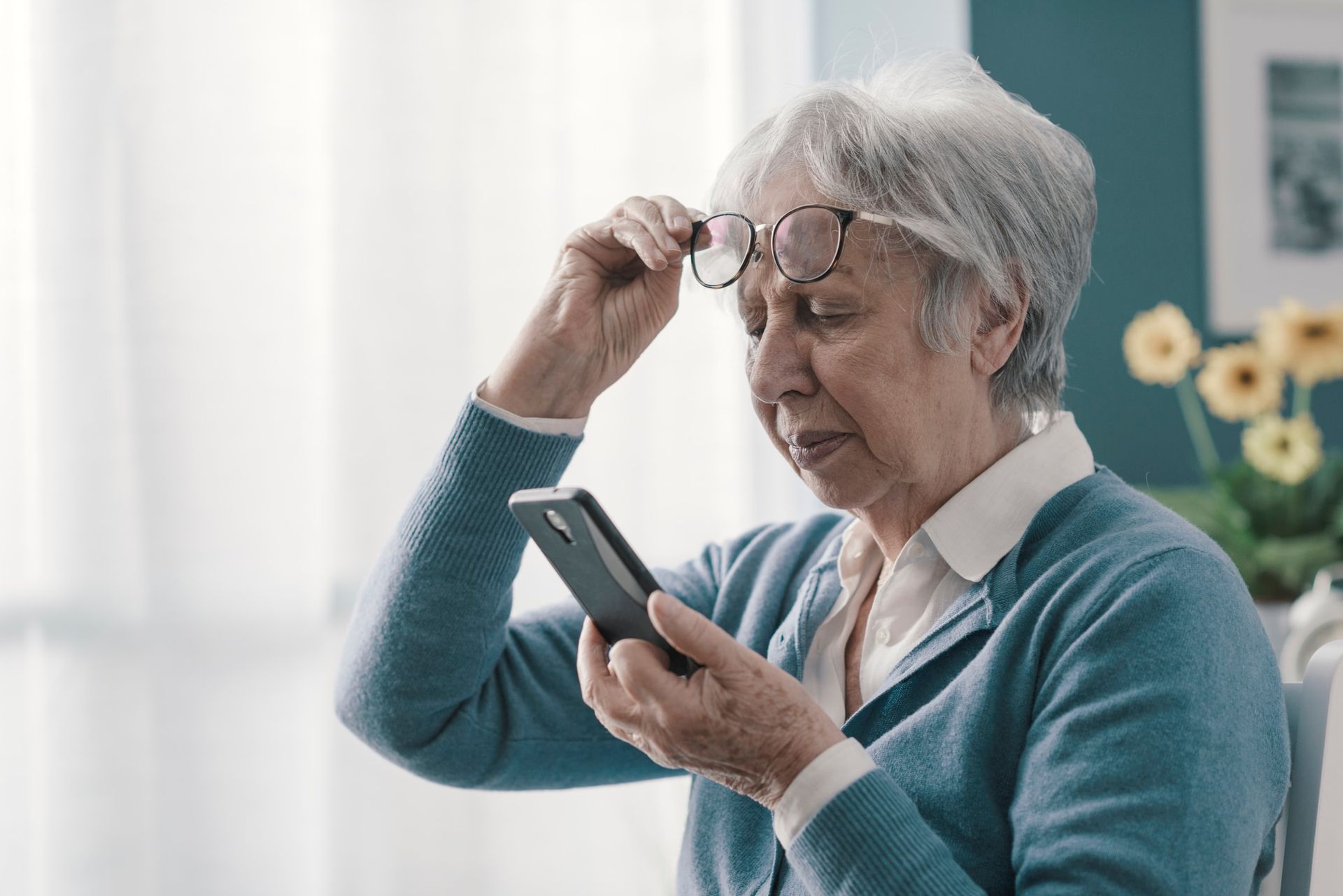
Understanding Eye Strain
Eye strain is a common issue that can be caused by wearing reading glasses with an incorrect prescription or using digital devices for extended periods. Also known as asthenopia, eye strain occurs when your eyes become fatigued from intense use.
Symptoms of Eye Strain
If you’re experiencing any of these symptoms, you might be dealing with eye strain:
- Headaches, particularly around the temples or forehead
- Eye fatigue and soreness
- Blurred or double vision
- Dry or watery eyes
- Difficulty maintaining focus
- Increased sensitivity to light
- Neck, shoulder, or back pain due to poor posture while trying to see better
“Many people don’t realize they’re straining their eyes until they experience these symptoms,” explains Dr. Smith at Pro Optical. “They might squint, hold reading materials at unusual distances, or inadvertently adopt poor posture—all of which can lead to discomfort.”
How Reading Glasses Help Reduce Eye Strain
Wearing reading glasses with the correct prescription can significantly reduce eye strain by allowing your eyes to focus more efficiently on near tasks. Instead of struggling to focus, which strains the eye muscles, properly prescribed reading glasses do the work for you.
For those with presbyopia, reading glasses are particularly beneficial when:
- Reading small print in books, newspapers, or on medicine bottles
- Working on detailed tasks like sewing or crafting
- Viewing digital screens at close range
- Reading in low light conditions
The key is finding the right magnification level for your specific vision needs. Too strong or too weak, and your reading glasses could actually contribute to eye strain rather than alleviate it.
Digital Eye Strain and Reading Glasses
In today’s digital world, many of us spend hours looking at screens. This can exacerbate eye strain, a condition sometimes called “digital eye strain” or “computer vision syndrome.”
While reading glasses can help with digital eye strain, it’s also important to take regular breaks using the 20-20-20 rule: every 20 minutes, look at something 20 feet away for at least 20 seconds. This gives your eye muscles a chance to rest and reset.
Some reading glasses now come with blue light filtering capabilities, which may provide additional comfort when using digital devices, though research on their effectiveness is still evolving.
Types of Reading Glasses
Understanding the different types of reading glasses available can help you make an informed decision about which option best suits your lifestyle and vision needs.
Single-Vision Reading Glasses
Single-vision reading glasses focus on clarity for close-up tasks like reading and sewing, providing consistent near vision for activities requiring detailed focus. These glasses have the same prescription power throughout the entire lens.
“Single-vision reading glasses are ideal for dedicated reading sessions,” notes Dr. Wilson at Pro Optical. “However, you’ll need to remove them when looking at distant objects, as everything beyond your reading zone will appear blurry.”
These are the most common type of reading glasses and are available both as prescription glasses and as over-the-counter readers. The key difference is that prescription single-vision glasses are customized to your specific vision needs, while over-the-counter options use a one-size-fits-all approach.
Bifocal Reading Glasses
Bifocals combine distance and reading prescriptions in one pair of glasses, allowing seamless switching between near and far vision without changing glasses. These lenses have a visible line that separates the two prescriptions—typically with the reading prescription in the lower portion of the lens and the distance prescription on top.
Bifocals are an excellent solution for people who need vision correction for both distance and reading. However, they don’t correct for intermediate distances (like computer screens), which can be a limitation for some users.
Progressive Lenses
Progressive lenses offer clear vision at near, intermediate, and far distances in one lens, making them ideal for multifaceted daily activities requiring varied focus ranges. Unlike bifocals, progressive lenses have no visible line and provide a smooth transition between different vision zones.
“Progressive lenses are the most versatile option,” explains Dr. Thomas at Pro Optical. “They allow you to see clearly at all distances without having to switch between multiple pairs of glasses. However, they do require an adjustment period as you learn to use the different areas of the lens.”
Because of their complexity, progressive lenses are only available as prescription glasses and cannot be purchased over the counter.
Over-the-Counter vs. Prescription Reading Glasses
Cheap reading glasses or over-the-counter readers may be convenient and affordable, but they have significant limitations:
- They offer the same magnification in both lenses, even though many people have different prescription needs in each eye
- They don’t correct for astigmatism
- The optical center of the lens may not align with your pupils
- The quality of the lenses may be inferior, potentially causing visual distortions
Prescription reading glasses, while typically more expensive, provide:
- Customized correction for each eye
- Correction for astigmatism if needed
- Precise positioning of the optical center
- Higher quality lenses with optional features like anti-reflective coatings
- Professional fitting to ensure comfort and optimal vision
“Think of over-the-counter readers like buying shoes without checking the size,” says Dr. Johnson. “They might work in a pinch, but for daily use, a pair fitted specifically to your needs will provide significantly better comfort and vision.”
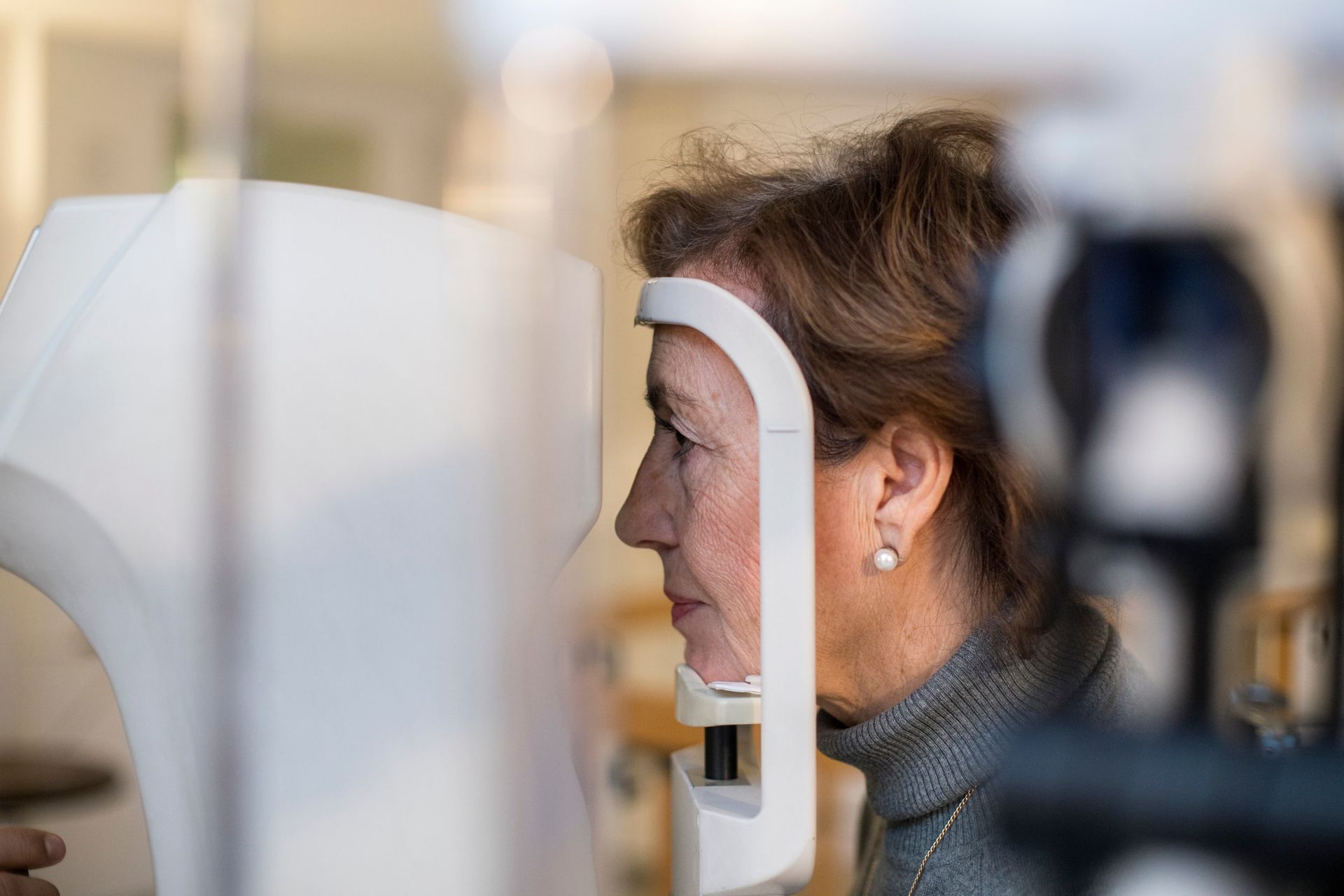
Prescription Options
While over-the-counter reading glasses might seem convenient, they rarely provide optimal vision correction. Prescription glasses require a prescription tailored to your unique eye needs, ensuring the most comfortable and effective vision correction possible.
The Importance of Comprehensive Eye Exams
A comprehensive eye exam does much more than just determine your prescription. During this examination, an optometrist will:
- Assess your visual acuity at various distances
- Evaluate how well your eyes work together
- Check for eye diseases and conditions
- Measure your precise refractive error for each eye
- Determine the optimal correction for your specific vision needs
“Regular eye exams are essential not just for vision correction, but for overall eye health,” emphasizes Dr. Smith. “Many serious eye conditions have no early symptoms and can only be detected through a comprehensive eye exam.”
For adults over 40, annual eye exams are particularly important as the risk of various eye conditions increases with age. These regular check-ups ensure your prescription remains current as presbyopia progresses.
Customized Prescription Benefits
An optometrist can help determine the best reading glasses for your specific vision, taking into account factors like refractive error and age-related farsightedness. This customized approach offers several advantages:
- Precise correction for each eye individually
- Appropriate magnification level for your specific needs
- Correction for astigmatism if present
- Consideration of your working distance for various tasks
- Options for lens coatings and features based on your lifestyle
With the right prescription, your reading glasses will provide clear vision without causing eyestrain, headaches, or other discomfort that can result from wearing the wrong strength.
Special Lens Features
Modern prescription reading glasses can include various beneficial features:
- Anti-reflective coatings to reduce glare and improve clarity
- Scratch-resistant coatings for durability
- UV protection to shield your eyes from harmful rays
- Blue light filtering for digital device use
- Photochromic lenses that darken in bright conditions
- Thin, lightweight materials for comfort
These features can significantly enhance your visual experience and the longevity of your glasses, making prescription options a worthwhile investment in your eye health and comfort.
Alternative Vision Correction
While reading glasses are an excellent solution for many people with presbyopia, they’re not the only option available. Depending on your lifestyle, preferences, and specific vision needs, you might consider these alternatives.
Contact Lenses
Contact lenses are an alternative to reading glasses, offering a convenient and comfortable solution for individuals with active lifestyles. For presbyopia, specialized options include:
- Bifocal contacts with distinct zones for near and distance vision
- Multifocal contacts with a gradual transition between vision zones
- Monovision contacts, where one eye is corrected for distance and one for near vision
“Contact lenses can be liberating for active individuals who find glasses cumbersome,” notes Dr. Wilson. “However, they require proper care and handling, and not everyone is a suitable candidate due to eye conditions or sensitivity.”
If you’re interested in contacts as an alternative to reading glasses, a comprehensive eye exam will determine if they’re appropriate for your eyes and vision needs.
Refractive Surgery
Refractive surgery is another option for correcting vision problems, but it’s essential to consult an eye doctor to determine the best course of treatment. For presbyopia, surgical options might include:
- Monovision LASIK, which corrects one eye for distance and one for near vision
- Corneal inlays, small devices implanted into the cornea to improve near vision
- Refractive lens exchange, which replaces the eye’s natural lens with an artificial one
These procedures offer long-term solutions but come with considerations including cost, recovery time, potential side effects, and candidacy requirements. They’re not suitable for everyone, and a thorough consultation with an eye surgeon is necessary to determine if you’re an appropriate candidate.
Adaptive Strategies
Some individuals manage their presbyopia through adaptive strategies rather than or in addition to corrective lenses:
- Using good lighting to enhance visibility for close tasks
- Enlarging text on digital devices
- Taking regular breaks during near-vision tasks to reduce eye strain
- Holding reading materials at the optimal distance for your vision
While these strategies can help manage symptoms, they typically don’t replace the need for proper vision correction as presbyopia progresses.

The Truth About Reading Glasses and Eye Health
Let’s address some common misconceptions about reading glasses and eye health:
Myth: Reading glasses weaken your eyes over time
Fact: Reading glasses do not cause your vision to deteriorate. The progression of presbyopia is a natural aging process that occurs whether you wear glasses or not. In fact, wearing reading glasses makes this progression more noticeable when you remove them, which can create the false impression that your eyesight is worsening because of the glasses.
Myth: You should resist wearing reading glasses to strengthen your eyes
Fact: Forcing your eyes to work harder than they comfortably can does not strengthen them—it causes unnecessary strain. Reading glasses with the correct prescription reduce this strain, helping your eyes work more efficiently.
Myth: Over-the-counter reading glasses are just as good as prescription glasses
Fact: While over-the-counter readers may be sufficient for some people with mild, symmetrical presbyopia, they can’t address individual eye differences, astigmatism, or precise vision needs. Prescription reading glasses are customized to your specific requirements.
Myth: Once you start wearing reading glasses, you’ll become dependent on them
Fact: You don’t become “dependent” on reading glasses—your eyes don’t forget how to focus. Rather, presbyopia naturally progresses with age, making reading glasses increasingly necessary for clear near vision. This would happen regardless of whether you started wearing glasses earlier or later.
Best Practices for Using Reading Glasses
To get the most benefit from your reading glasses while maintaining optimal eye health, follow these guidelines:
When to Wear Reading Glasses
For optimal comfort and vision:
- Wear reading glasses consistently for near-vision tasks rather than straining to see without them
- Remove reading glasses when looking at distant objects (unless using multifocal lenses)
- Consider multiple pairs with different strengths for various activities (e.g., stronger for fine print, weaker for computer use)
“Don’t wait until you’re experiencing headaches or eye fatigue to put on your reading glasses,” advises Dr. Thomas. “Use them proactively for near tasks to prevent eye strain before it starts.”
Signs Your Prescription Needs Updating
Be aware of these indicators that it might be time for a new prescription:
- Persistent headaches or eye strain despite wearing glasses
- Needing to hold reading materials farther away than usual
- Blurry vision even with glasses on
- Difficulty adjusting focus between near and far objects
- Squinting or straining to see clearly through current glasses
Most individuals with presbyopia need to update their prescription every 1-2 years as the condition naturally progresses.
Caring for Your Reading Glasses
Proper care extends the life of your glasses and ensures optimal vision:
- Clean lenses daily with appropriate lens cleaner and a microfiber cloth
- Store glasses in a protective case when not in use
- Avoid placing glasses lens-down on surfaces
- Have frames adjusted periodically to maintain proper fit
- Replace glasses when lenses become significantly scratched or damaged
“Think of your glasses as an investment in your vision and comfort,” says Dr. Johnson. “With proper care, they’ll continue to serve you well and provide clear vision for daily activities.”
Conclusion: Protecting Your Eye Health
Reading glasses with the correct prescription won’t hurt your eyes—they’ll help them function more comfortably and efficiently as you age. The key is working with eye care professionals to ensure you’re getting the right correction for your specific vision needs.
If you’re experiencing symptoms of presbyopia or eye strain, don’t hesitate to schedule a comprehensive eye exam. Early intervention with appropriate vision correction can prevent unnecessary discomfort and help maintain your quality of life.
At Pro Optical, our experienced optometrists can assess your vision needs, recommend the most appropriate reading glasses or alternative solutions, and ensure you’re seeing your best at every age. We’ll help you understand all your options and find the perfect solution for your lifestyle and visual requirements.
Schedule your comprehensive eye exam today and take the first step toward clearer, more comfortable vision. Your eyes will thank you for it!

